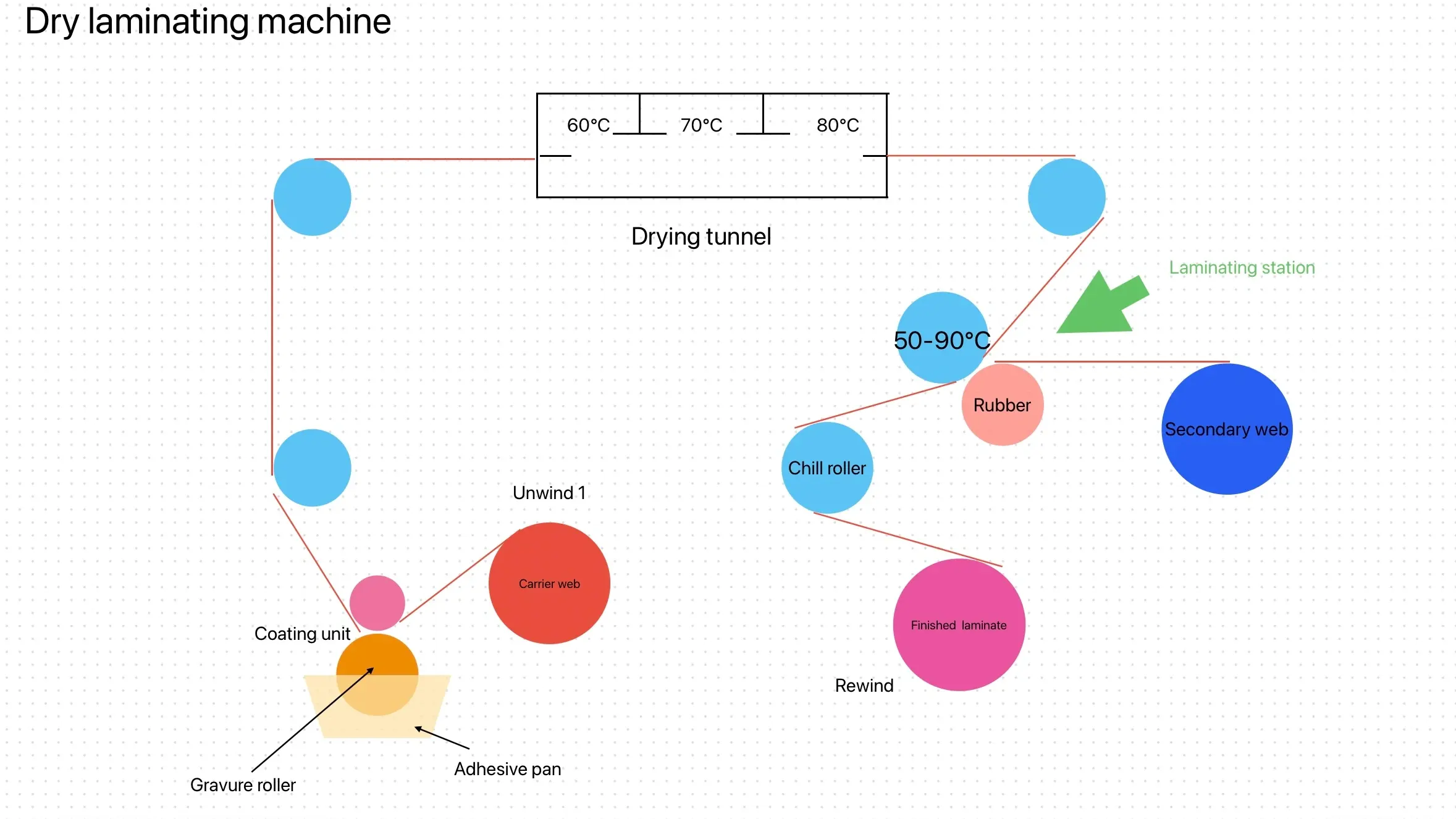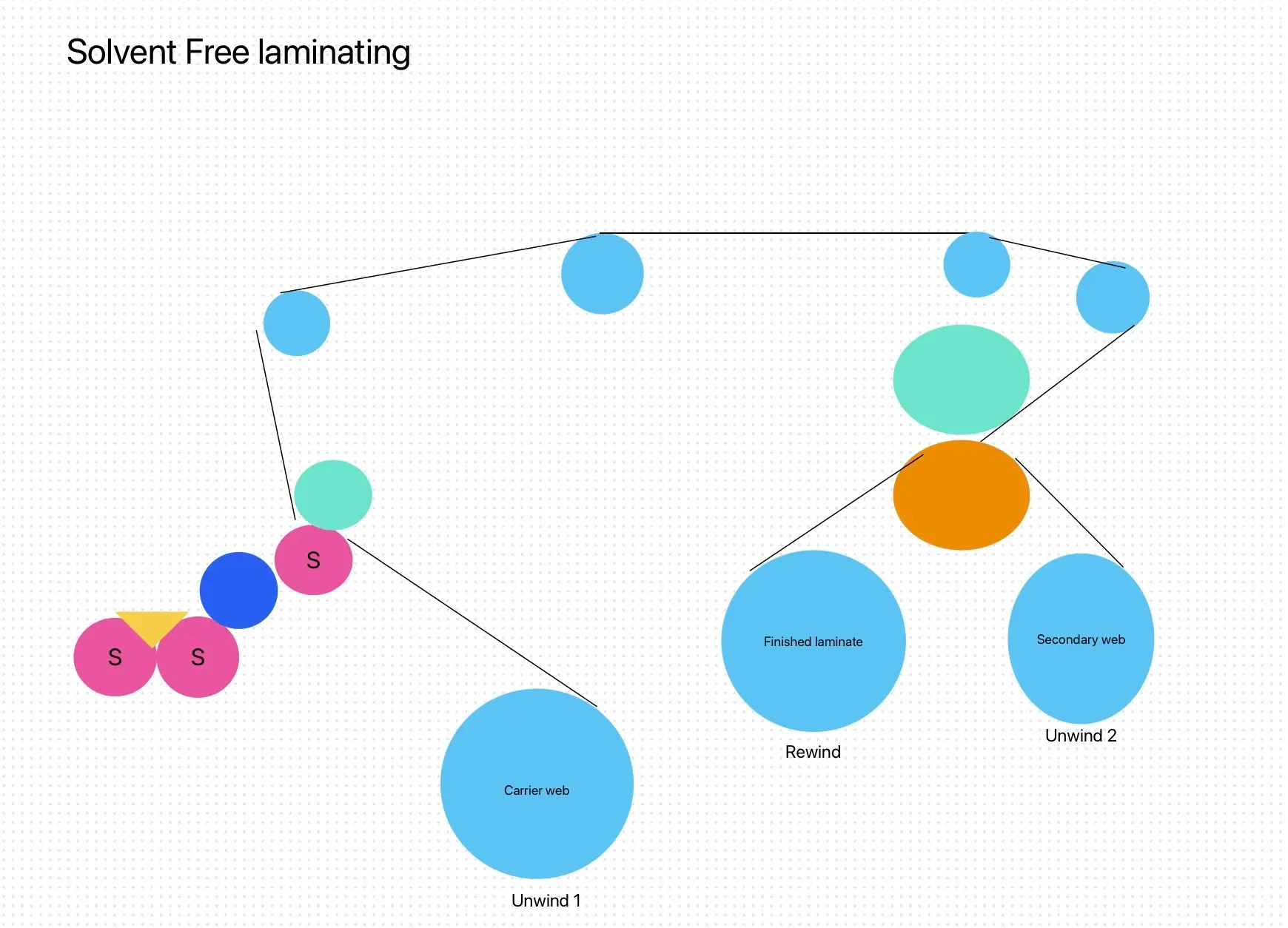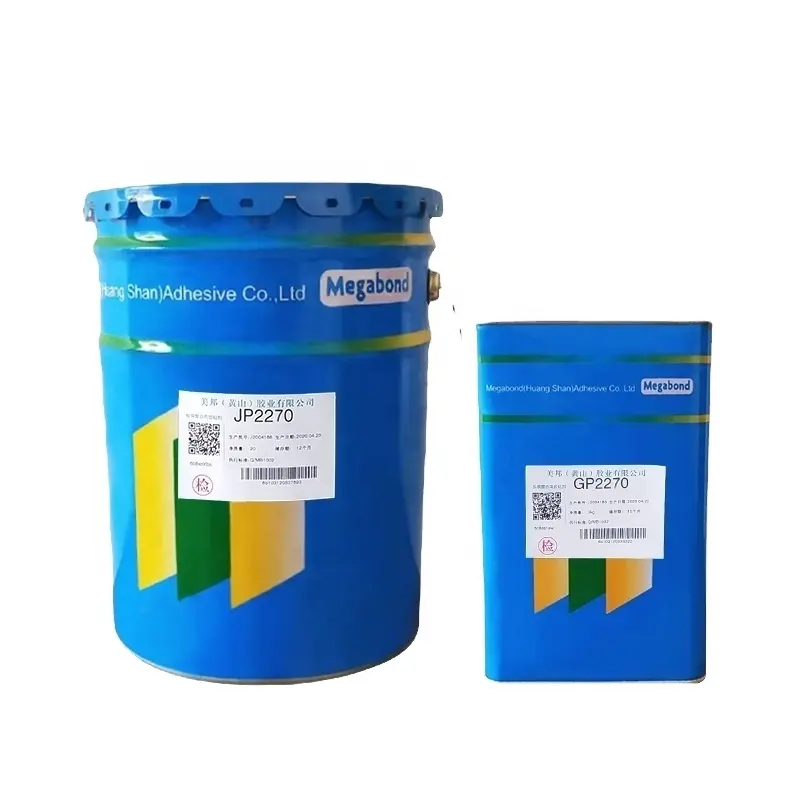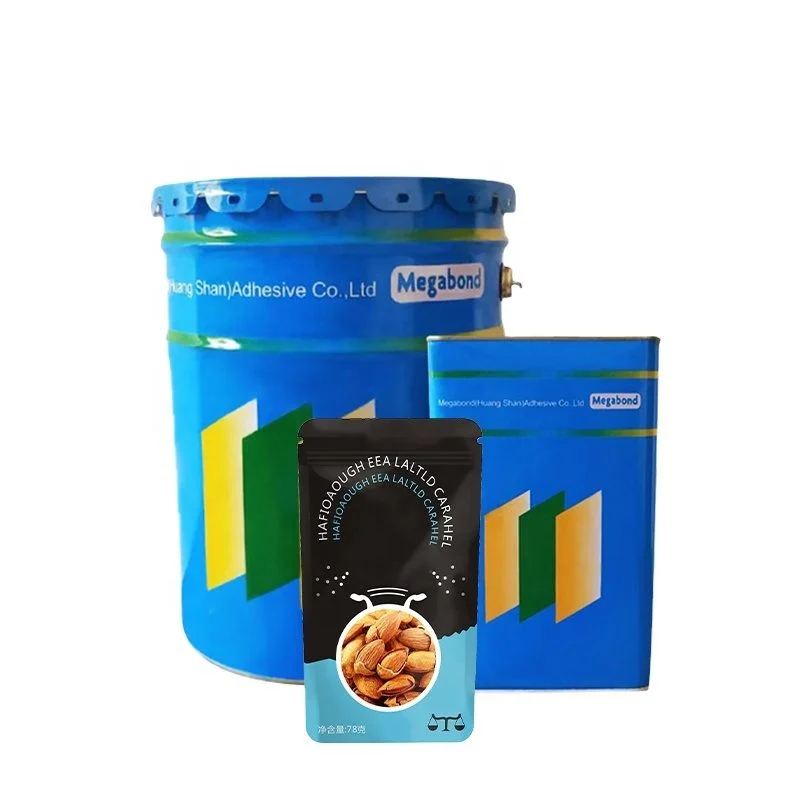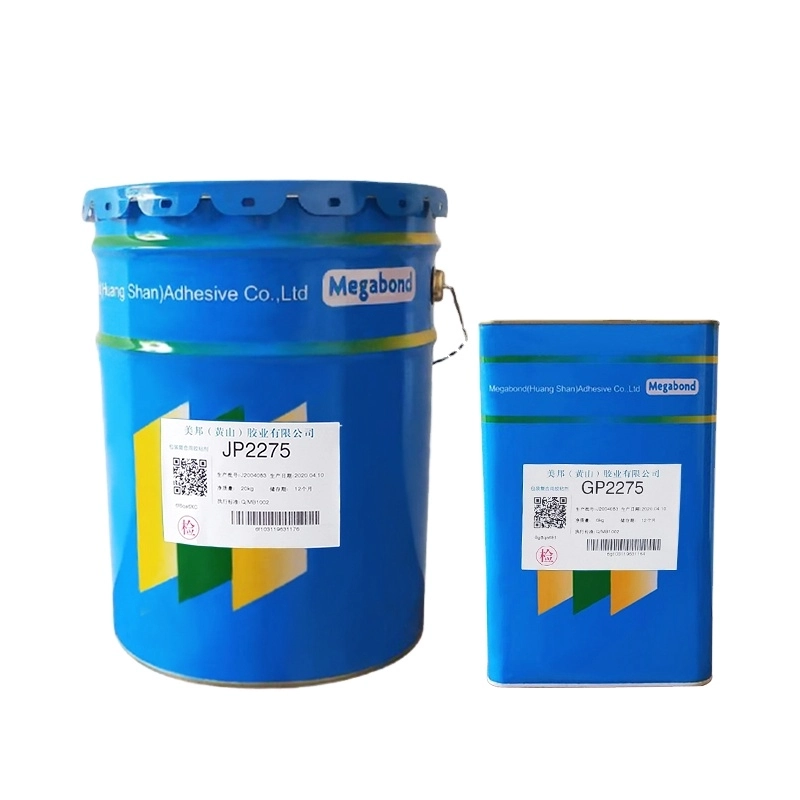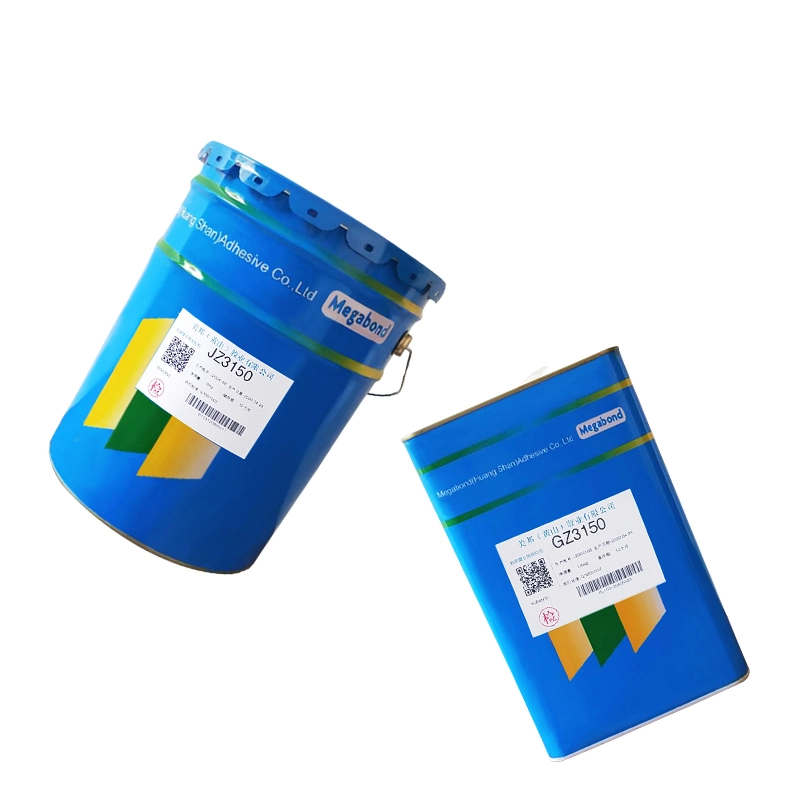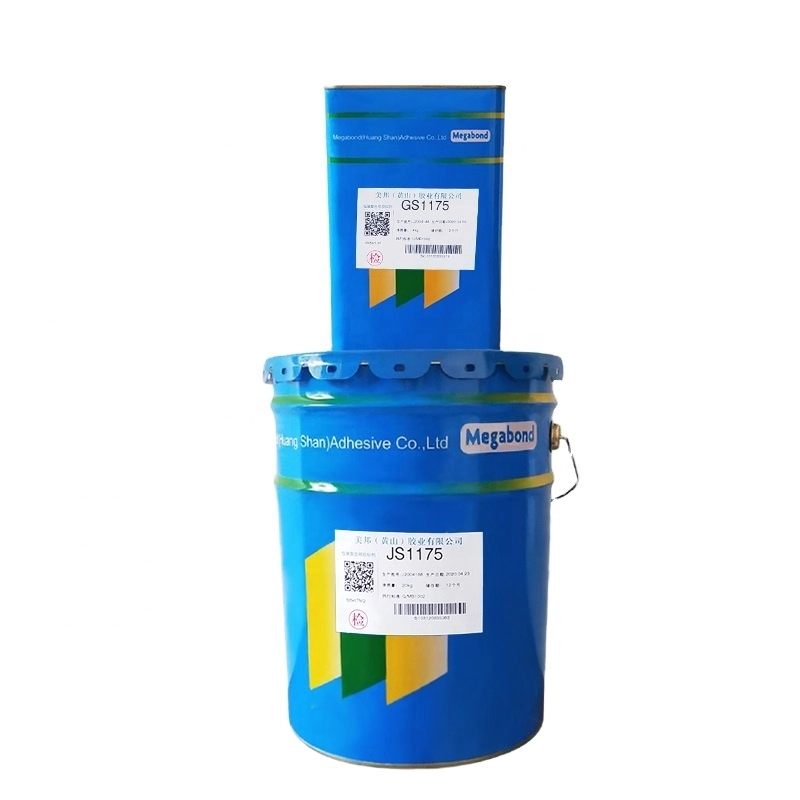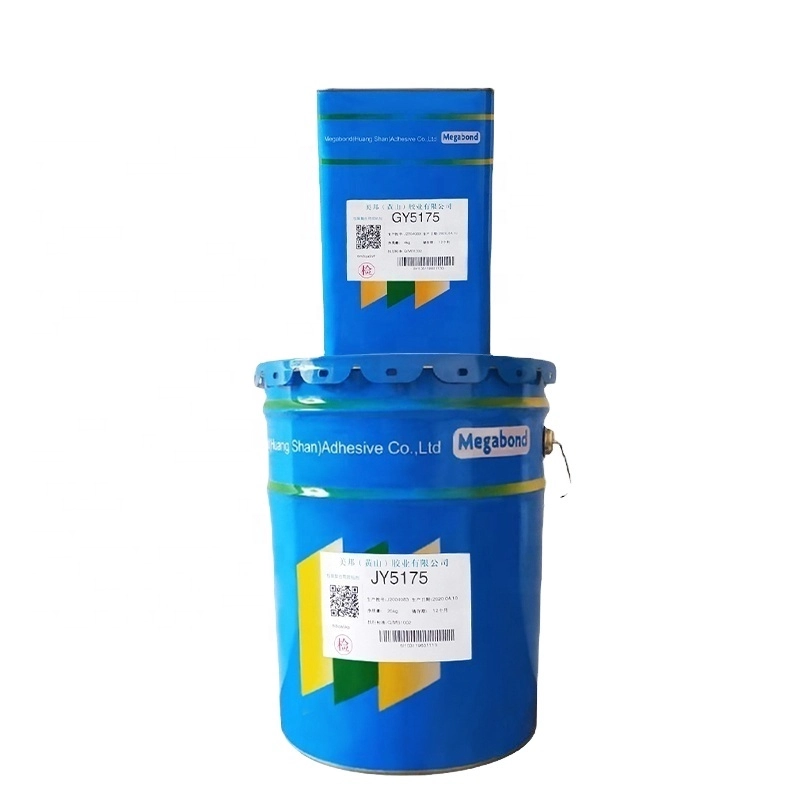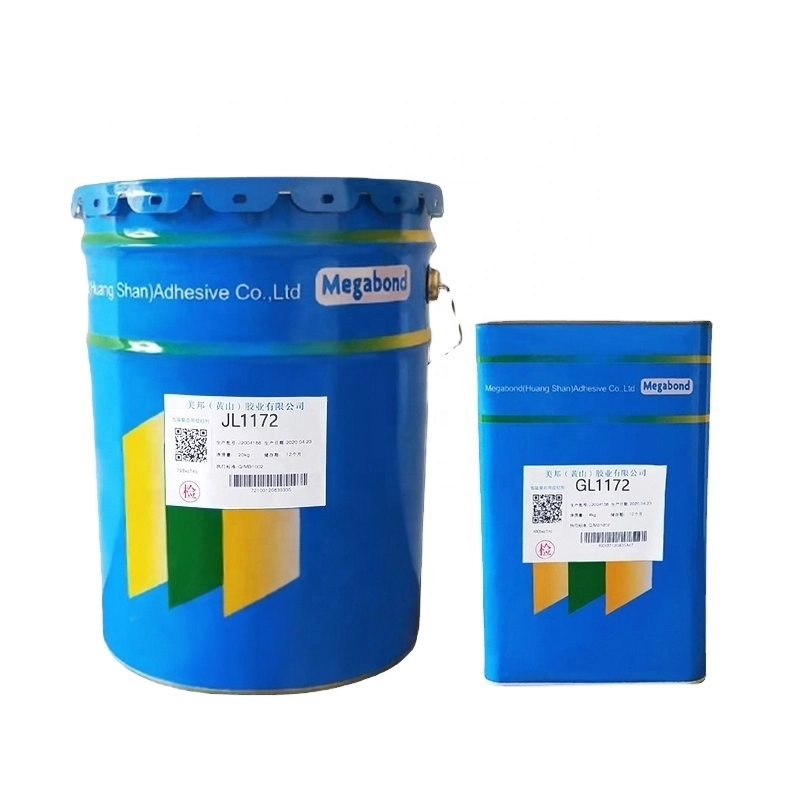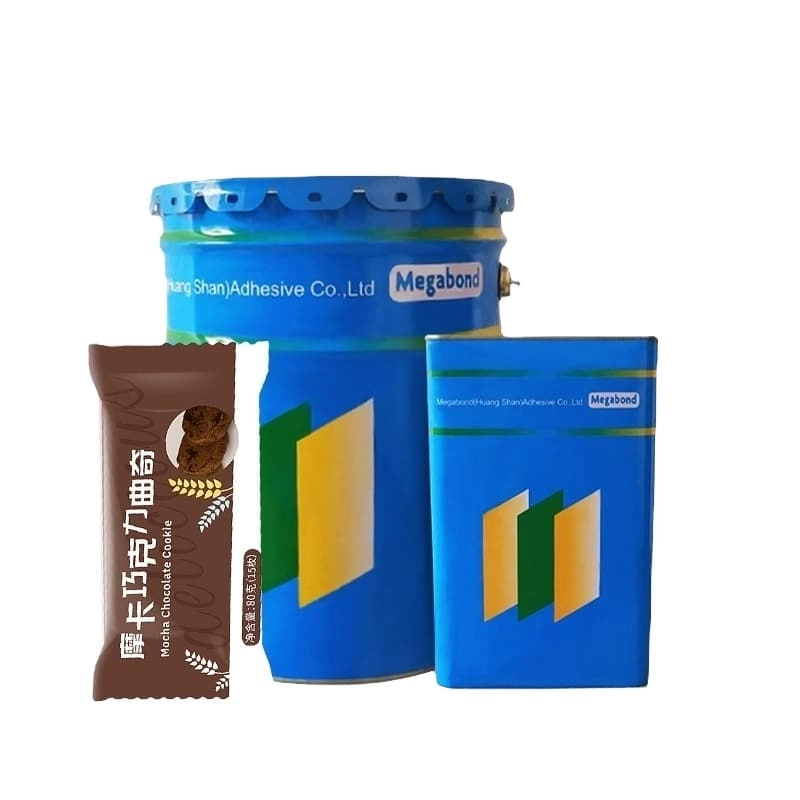This solvent-based two part polyurethane adhesive is well-suited for laminating a wide range of materials including PET, BOPP, CPP, PE, VMCPP, VMPET, NY, aluminum foil, and others. It is designed to perform effectively on dry laminating machines operating at different speeds, ensuring versatility across various production environments. However, it is not recommended for laminating CPP and PE films with high additive content due to potential compatibility issues. This adhesive is ideal for applications demanding strong and reliable bonding in packaging and industrial settings.

“CPP” refers to polypropylene film, while “PE” refers to polyethylene film. During the lamination process of these films, if the additive content is too high, it may have a negative impact on the wetting properties of the coating, resulting in poor lamination results or unsatisfactory performance after lamination.
Wetting performance issues: High additive content may affect the interaction between the coating agent and the surface of CPP and PE films, resulting in insufficient wetting properties, and the coating agent cannot be evenly attached to the film surface, affecting the quality and stability of the lamination.
Weakened bonding: Excessive additive content may cause uneven or greasy conditions on the film surface, which will affect the bonding strength between the coating agent and the film, resulting in insufficient bonding strength after lamination or easy peeling.
Surface quality issues: High additive content may lead to poor surface quality after lamination, such as uneven gloss, bubbles or wrinkles, affecting the appearance and performance of the final product.

